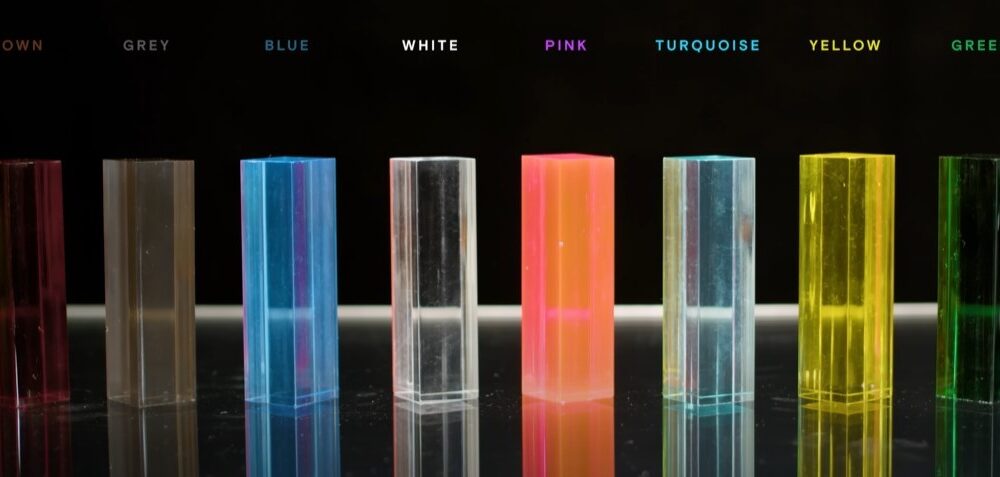Hydrogen Colors Won’t Save the Planet, But Cutting Carbon Will
The notion of value often stems from scarcity. Ironically, hydrogen, one of the most VALUABLE resources for the clean energy transition, is also the most ABUNDANT element in the universe. This discrepancy is possibly explained by the complexity in obtaining pure hydrogen, which is where the “hydrogen rainbow” concept comes into play.
The “hydrogen rainbow” has become a popular tool in the energy industry to categorize various hydrogen production methods based on their associated carbon emissions. The colors green, blue, turquoise, gray, and brown provide an easy shorthand to distinguish between hydrogen produced from renewable energy, fossil fuels with carbon capture, methane pyrolysis, steam methane reforming, and coal gasification.
However, this color-coding system has likely outlived its usefulness. Instead of clarifying the complexities of hydrogen production, the rainbow oversimplifies the issues, leading to misaligned policies and investments. It may be time to retire the hydrogen rainbow and focus on a more balanced evaluation of hydrogen based on carbon intensity and life-cycle emissions.
The main problem with the hydrogen rainbow is that it implies some colors are inherently “good” and others are “bad.” Green hydrogen, produced from renewable energy, sits at the top of the hierarchy, while gray and brown hydrogen from fossil fuels are thrown to the bottom. This has led to an almost single-minded focus on green hydrogen as the only path forward.
In reality, the situation is far more complex. Not all green hydrogen is created equal—it matters significantly whether the renewable electricity comes from new wind and solar installations or diverts clean energy from the grid. Blue hydrogen, though still reliant on fossil fuels, can achieve relatively low emissions with a high carbon capture rate. Turquoise hydrogen from methane pyrolysis is a promising option that avoids CO2 emissions altogether.
By focusing on colors rather than carbon, we risk making suboptimal decisions. A more useful approach is to examine the specific carbon intensity (kgCO2/kgH2) of each hydrogen production pathway. This would provide a standard, comparable metric to evaluate different projects based on actual emissions performance rather than a categorical color.
The EU is already moving in this direction with its draft regulations requiring hydrogen to achieve a greenhouse gas emission reduction of 70% compared to a fossil fuel baseline to be considered “renewable.” This technology-neutral, performance-based standard will do more to drive innovation and emissions reductions than simply mandating green hydrogen.
Another issue with the hydrogen rainbow is that it ignores the potential for different production methods to evolve and improve over time. Today’s blue hydrogen with 90% carbon capture could become tomorrow’s “teal (blue-green)” hydrogen with 99% capture. Judging colors based on current technology rather than future potential is short-sighted.
We should also recognize that a diversity of low-carbon hydrogen sources will be needed to achieve deep decarbonization. Green hydrogen will play a major role, but it is unlikely to meet all demand, especially for industrial sectors that require high volumes and reliability. Blue hydrogen with carbon capture, turquoise hydrogen from methane pyrolysis, nuclear-powered pink hydrogen, and other solutions will be part of the mix.
The hydrogen rainbow had an important purpose in kickstarting conversations about hydrogen’s role in the clean energy transition. However, as the industry matures, its relevance may reduce. Sophisticated energy and climate policies will look beyond color to the actual carbon impacts. Venture investors will scrutinize projects based on detailed lifecycle assessments, not broad color categories.

